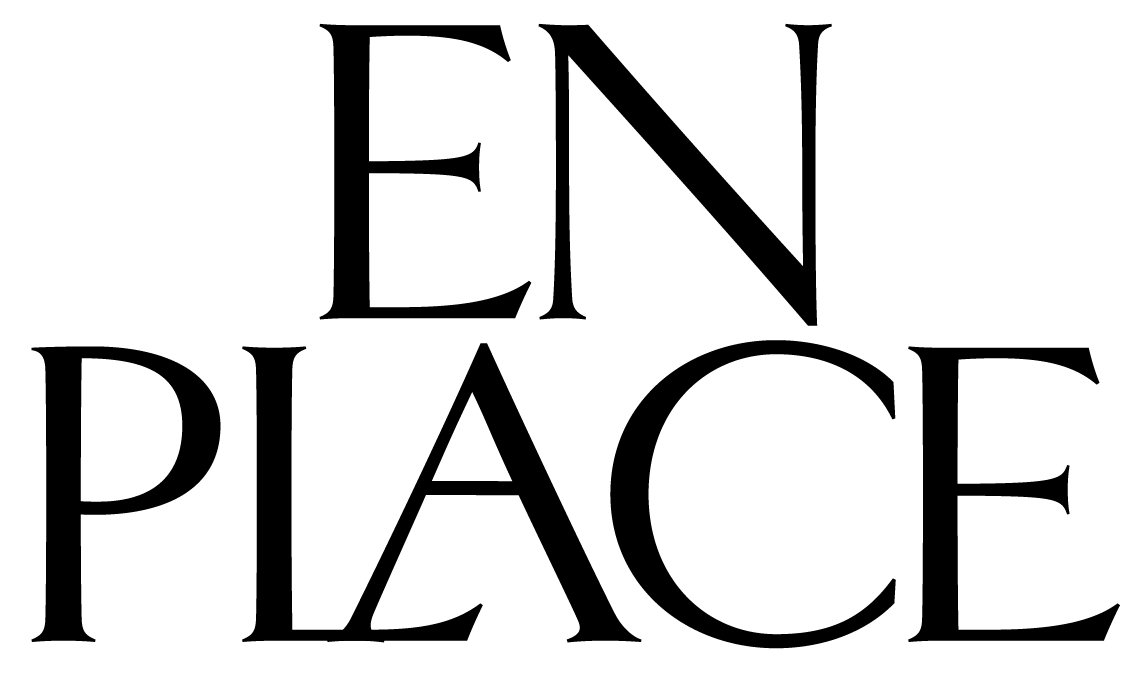Your shopping bag is empty
10% OFF YOUR FIRST ORDER WHEN YOU JOIN THE CLUB — SIGN UP NOW
MINDFUL DESIGN: A CONVERSATION WITH INTERIOR DESIGNER MERVE KAHRAMAN
- TAGS: MINDFUL SERIES

The objects you keep in your home tell your story. Whether it is a relic that reminds you of travels to far-flung places, or that desk where you wrote your very first novel, items hold more than material value, they hold priceless memories. A chair isn’t merely four legs and a slab to sit on. It’s the place you came up with that business idea, or shared that first kiss with your now partner. It is this relationship, the one between the tangible and intangible, that Merve Kahraman explores in her practice.
Kahraman designs spaces and furniture pieces that bring new stories into your home. The Turkish industrial designer seeks to embody qualities in our human nature through the items she creates. She believes that each piece acts as an extension of our personalities. A reflection of our character. A way to tell the outside world, or at least the ones we invite into our homes, a little more about who we are. Mixing traditional techniques with modern design, Kahraman focuses on sustainability that redefines character, and is executed through masterful craftsmanship. Here, we talk to the designer about what inspires her work.
HOW HAVE YOUR TRAVELS INSPIRED YOUR DESIGNS?
I am a very curious traveler, when I go somewhere new my perception becomes wide open to every little detail. Merely looking becomes truly seeing when one travels. For me, inspiration is heightened when I go on trips in nature or through rural villages rather than to bigger cities.
DESCRIBE YOUR DESIGN PROCESS FROM INSPIRATION TO PRODUCT?
Like everything, it starts with an idea. I use visualization techniques to see if the idea is worth exploring. I close my eyes and try to imagine every small detail of the object including how it feels when you touch it, if there is a specific smell of the fabric, or if the color of the metal changes with light. Then if I feel confident, I begin sketching the idea by hand before creating a 3D rendering to see what it would look like with different colors and materials. After finishing the technical drawings, I will start building the first prototype. When it is completed we test it and keep improving upon it until we are happy with the product. I find it very useful to live with the prototypes myself for a while to see how I can make it better.
HOW DO YOU TAP INTO ARTISAN COMMUNITIES?
I grew up seeing and learning about traditional Turkish, Ottoman, and even Byzantium artisans. In Turkey you learn about every craft from carpets to jewelry, pottery, cooking, and more. I went on to study in Italy and live within Europe and the USA, which gave me an even greater cultural understanding of how artisanal communities vary. I value all types of artisans and try to integrate traditional techniques into my not so traditional designs.

“EDUCATING OURSELVES ON THESE ARTISTS MAKES US MORE INCLINED TO START BUYING FROM OR COMMISSIONING THEM FOR OUR OWN PROJECTS. THEIR VALUE CHANGES BASED ON OUR KNOWLEDGE OF THE INTRICACIES AND DIFFICULTY OF THE CRAFT."

WHAT CRAFTS DO YOU FEEL ARE SYMBOLIC OF TURKISH CULTURE?
There are so many but my favorite, which is not the most well known craft, is a hand carved pipe with the shape of an Ottoman sultan's head. They are made from meerschaum stone in the Eskisehir region of Turkey. One day I would love to do some sculptural lighting sconces by using this technique and special stone.
WHAT DEFINES A GOOD RELATIONSHIP BETWEEN A DESIGNER AND ARTISAN?
I think it all comes down to having respect for each other's part in the process. You need to build an actual relationship. It’s not one built on email formalities, at least not in Istanbul. We sit down and have a cup of tea first, and then we discuss design.
IN WHAT WAYS CAN CONSUMERS AND TRAVELERS HONOR LOCAL ARTISANS?
I think the more we read and learn about different artisanal techniques, the more we appreciate the value of them. Educating ourselves on these artists makes us more inclined to start buying from or commissioning them for our own projects. Their value changes based on our knowledge of the intricacies and difficulty of the craft.
HOW DO YOU MINDFULLY SOURCE MATERIALS TO USE IN YOUR DESIGNS?
I love working with natural materials like wood, marble, and glass because they can be recycled and upcycled. There are many organizations that protect the environment through design regulations. Most designers are aware of these and are consciously shifting towards a more sustainable sourcing system.
IN ONE SENTENCE–WHAT DOES MINDFUL DESIGN MEAN TO YOU?
It means design that is considerate of our psychology, our soul, and our environment.
WHO HAS INSPIRED YOU THE MOST AS A DESIGNER?
I can’t give one particular name but Man Ray, Isamu Noguchi, Tim Burton, and Alexander McQueen are some of them.
WHAT IS YOUR MOST CHERISHED PERSONAL DESIGN PIECE?
I adore the Zaziko Mirror from my own collection and a Snoopy Lamp I have from Achille Castiglioni.







